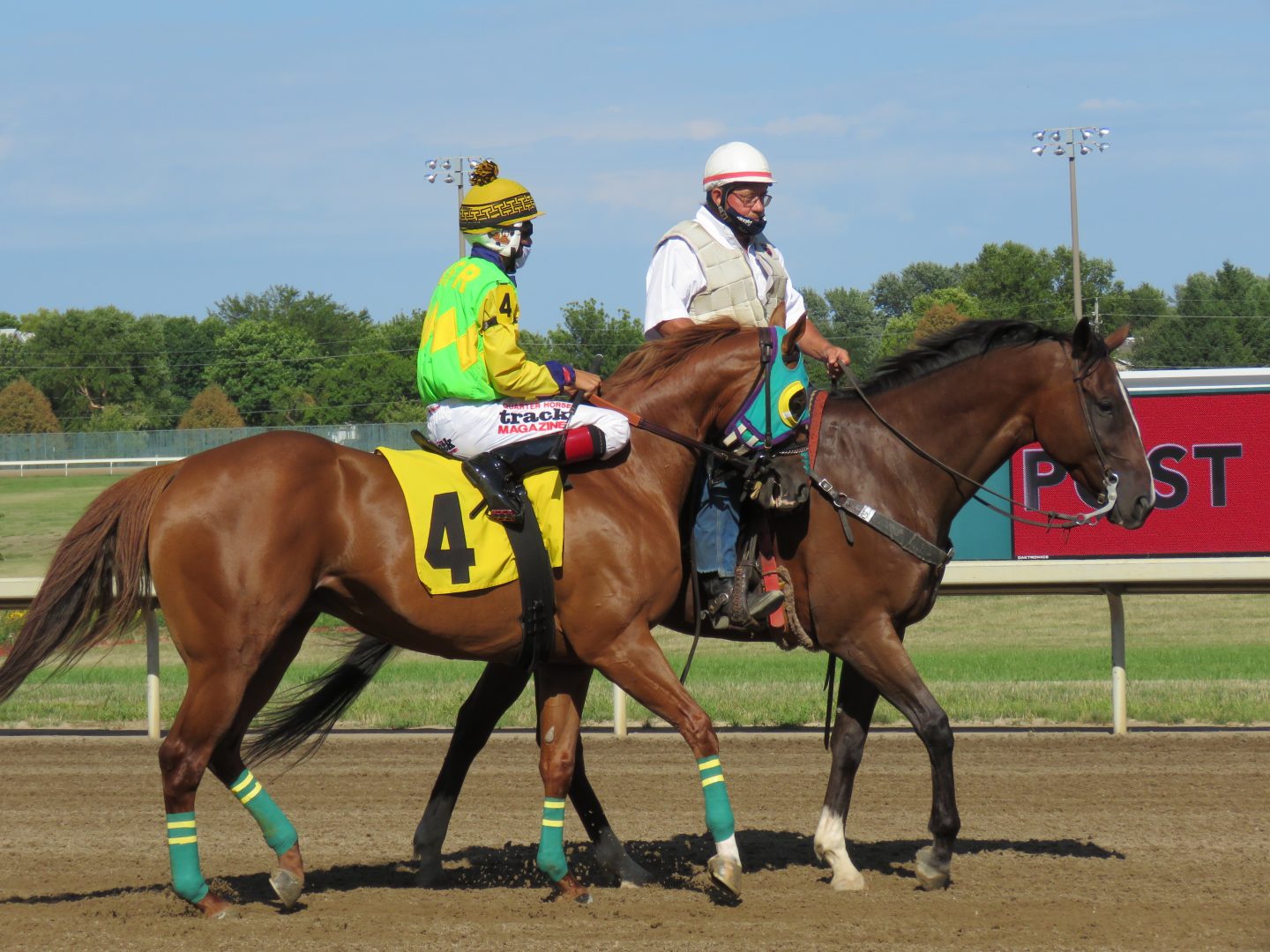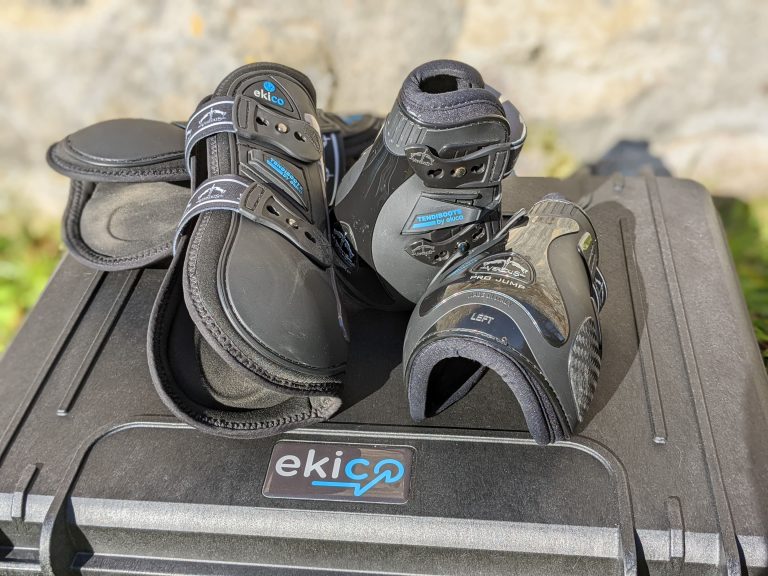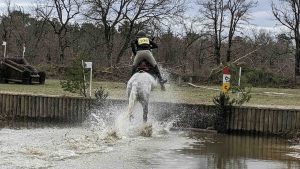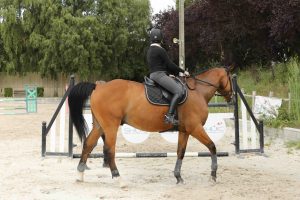Dr Kerry Pride specialized her vet expertise at the race track. She works with the trainers to try to detect subtle changes before there is a lameness issue. The TendiBoots have really allowed her to expand and quantify horse movement leading to better outcomes. This case highlights the impact the use of this technology can have and also highlights the need to use them on “sound horses”.
The 4-year-old stallion, subject of the study
Jess is a 4 years old quarter horse racing stallion.
In his history, no past lameness or health issues, he even wins in 2020 two races out of four starts. His physical exam is within normal limits and no lameness is visible. The horse has been galloping perfectly.
At the date of the exam his last shod was 4 weeks prior, with aluminum shoes.
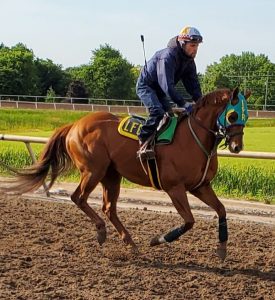
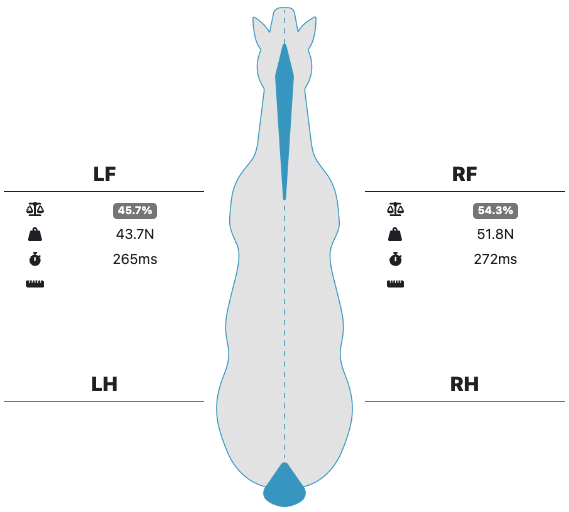
The use of Tendiboots have however highlighted an imbalance in Jess motion. After viewing the results, Dr Kerry Pride decided to explore the possible causes of the imbalance.
Technological tools to support vet expertise
The Dr Pride is equipped with a thermal camera. Thermography allows to detect subtle temperature differences, these indications may direct the professional to a suspicion of dysfunction before the clinical signs.
The thermal camera makes it possible to highlight cold signatures (linked to the presence for example of edema) such as hot signatures linked to inflammation for example.
In the case of the young race quarter horse Jess, the thermal images showed increased heat in the left front.
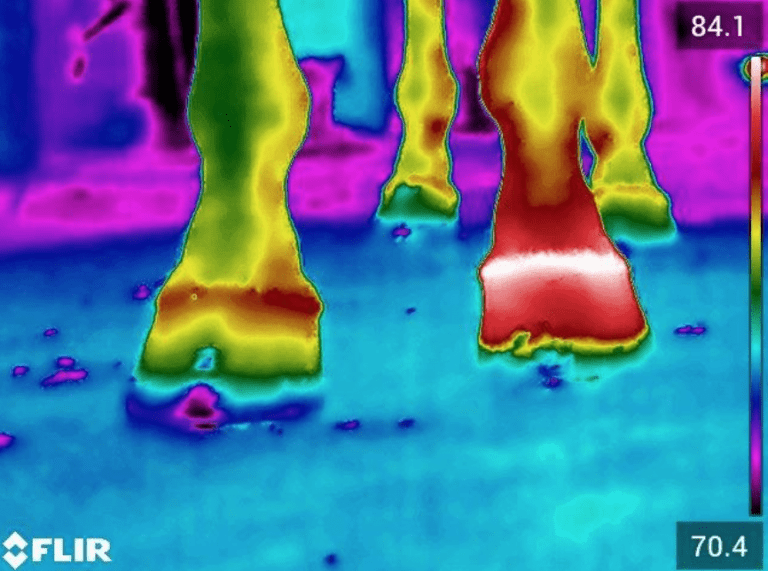

Analyze the angles of the hooves

The radiographs exam was within normal limits. Thanks to the vet exam and information collected with the Tendiboots system and the thermal camera, the trainer reshod the horse using no vibe aluminum shoes.
The angles were also slightly different, about 1 degree between the hooves. The left front grows more heel than the right.
Rebalanced data
After the reshoeing the horse was tested again with the Tendiboots system to follow the evolution of the forelimbs imbalance. Dr Pride observed quickly the data rebalancing.

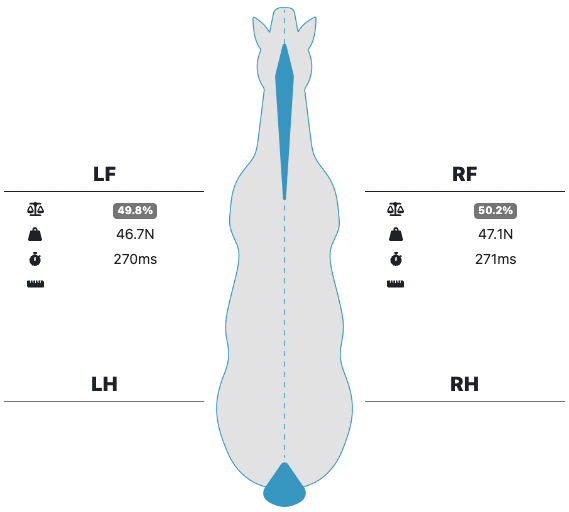
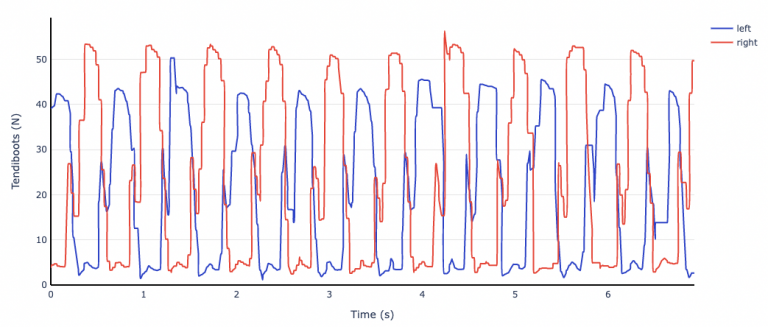
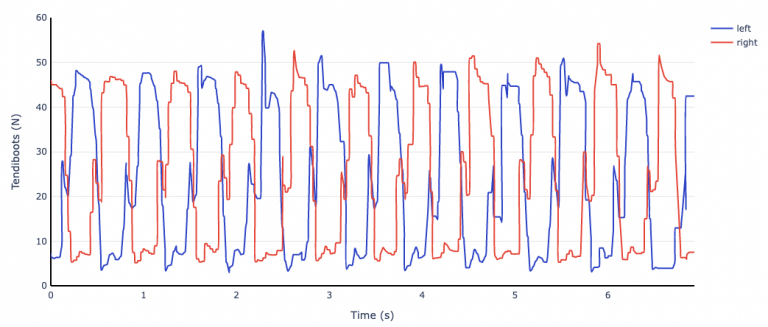
The thermal image was also uniform after the shoeing. (Right picture)
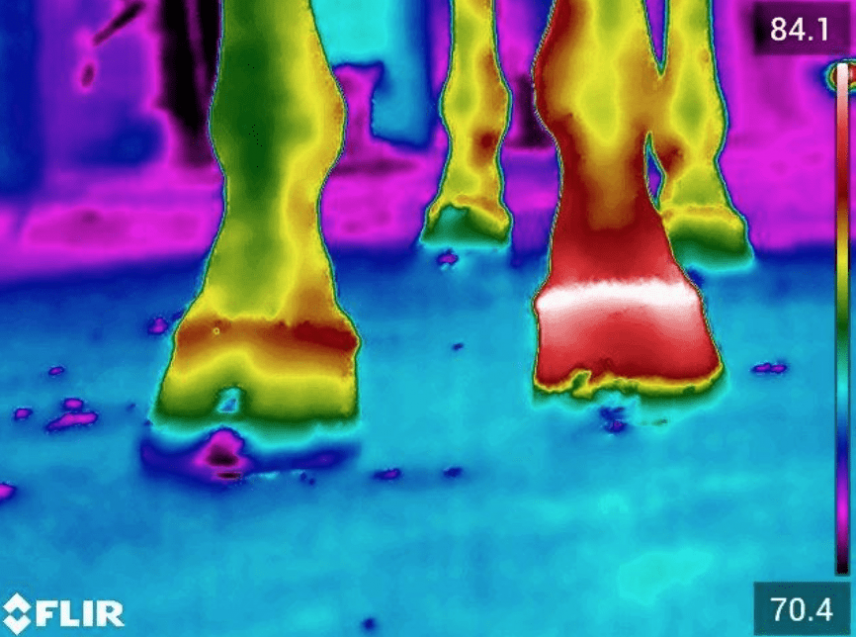
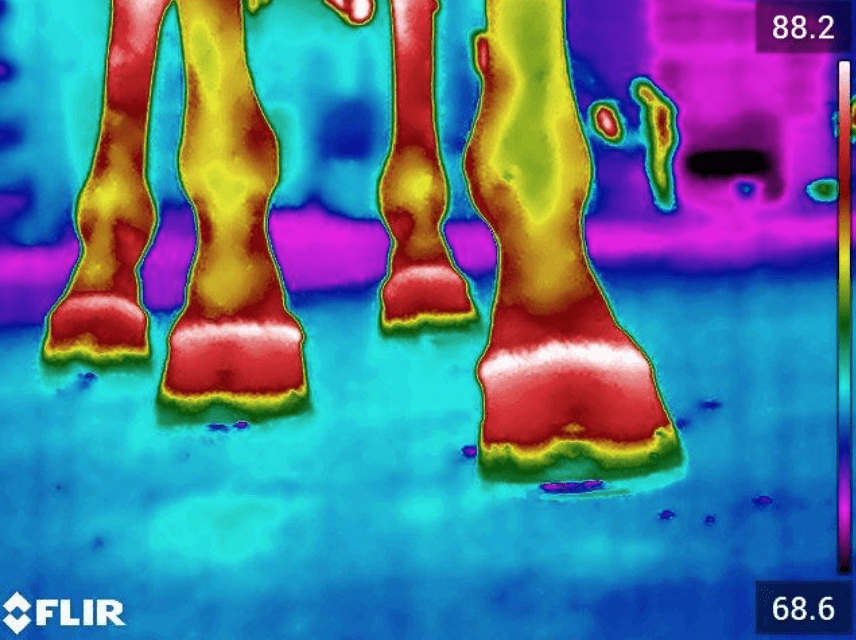
The data for the exact needs of equine athletes
Successful mission for the Dr Kerry Pride. The horse went on to run third in a Grade 3 stakes race. “The interesting thing about this horse is that at about 3 weeks after shoeing, he will have the same imbalance reappearing again. This horse really needs to be shoed again less than 4 weeks to keep him balanced. He has not taken a visibly lame step and his performance is staying good.”


